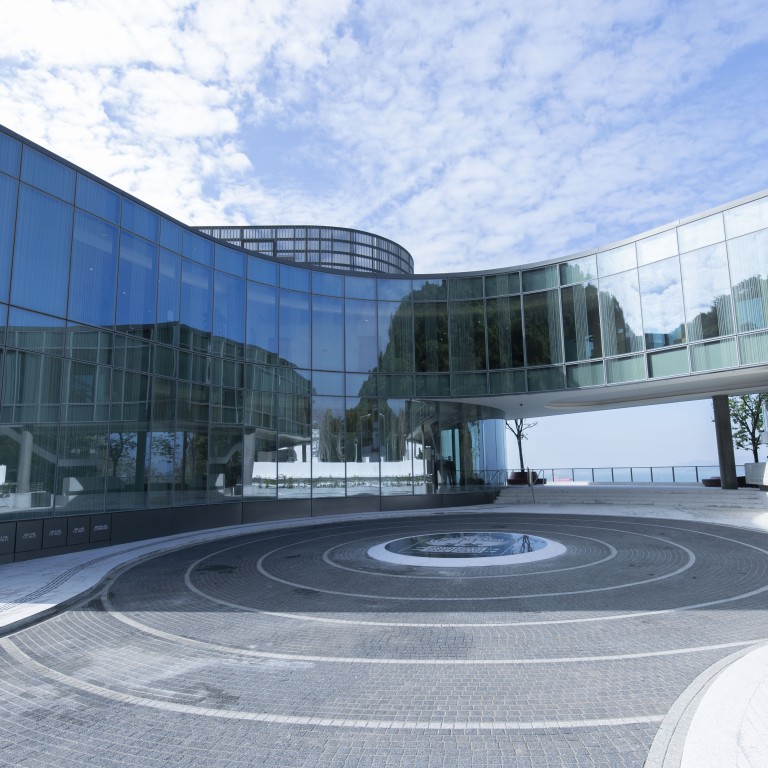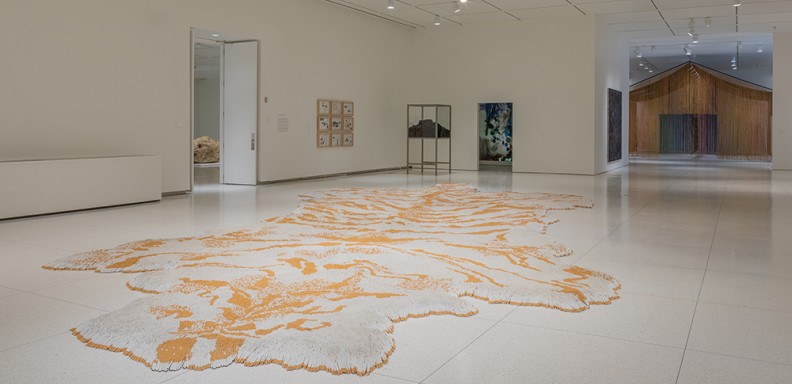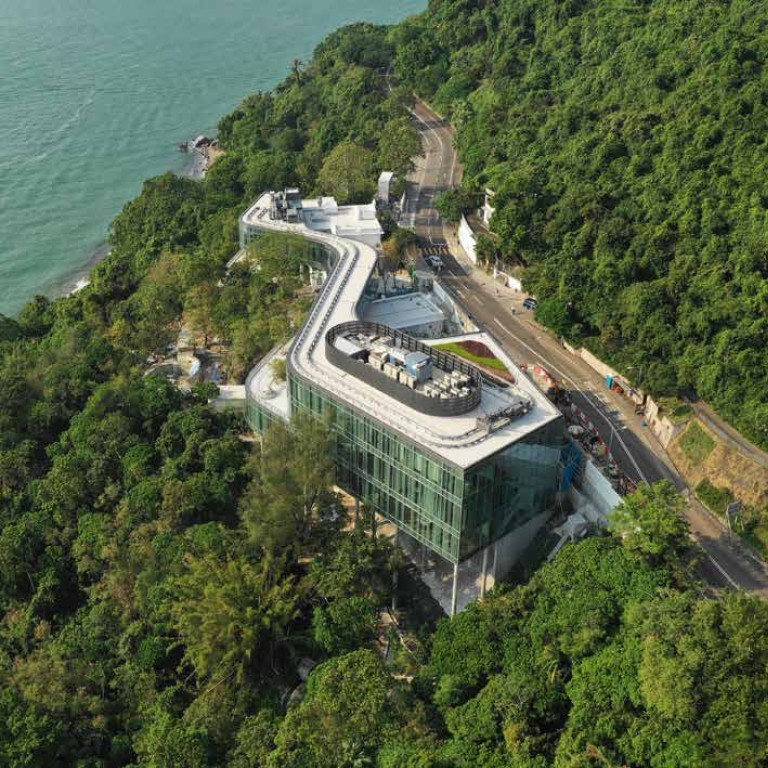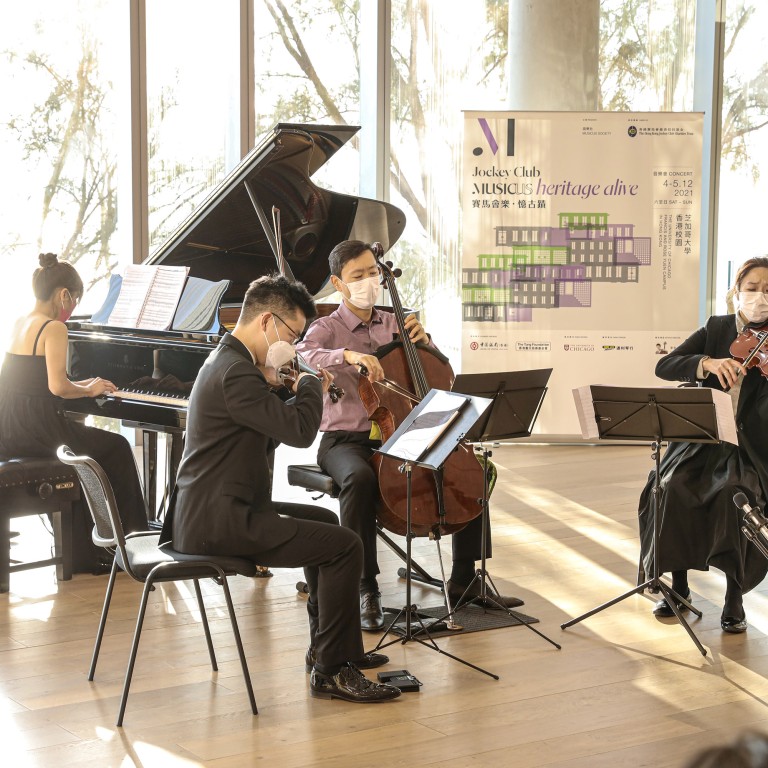Following a three-day conference at the University of Chicago, on July 16 a group including 13 Nobel laureates and 40 nuclear experts issued an urgent appeal to world leaders: Return to diplomacy now to stave off nuclear war.
Their official Declaration, a document that centered on 13 calls to action, marked the culmination of the Nobel Laureate Assembly for the Prevention of Nuclear War. The event was organized by a group of laureates, the Bulletin of Atomic Scientists, UChicago’s Existential Risk Laboratory, and the Pugwash Conferences on Science and World Affairs.
“We do not deny that the fear of nuclear war has played a role in preserving some stability among nations, but a global security structure forever dependent on fear is ultimately a reckless gamble,” the laureates and nuclear experts wrote in the Declaration. “Without clear and sustained efforts from world leaders to prevent nuclear war, there can be no doubt that our luck will finally run out.”
Concluding on the 80th anniversary of the Trinity test—the 1945 detonation of the world’s first nuclear bomb over the New Mexican desert—the conference was the first Nobel Assembly focused on nuclear threats. The event featured panel discussions and presentations from experts, as well as the drafting of the recommendations. It concluded with the release of the Declaration as well as a public concertfrom the Grammy-Award-winning Kronos Quartet that wove music with stories of nuclear near-misses through history.
Organizers said the timing of the conference, planned since last year, comes at what they fear is the “beginning of a new, complex, and dangerous nuclear arms race” on an increasingly chaotic global stage.
The laureates and experts’ declaration focuses on reinvigorating diplomacy while exploring new solutions for nonproliferation. It urges every nuclear state to recommit to the Comprehensive Nuclear-Test-Ban Treaty (CTBT) and Nuclear Non-Proliferation Treaty, update the Outer Space Treaty, and explore new avenues to work toward the ultimate goal of eliminating nuclear weapon stockpiles.
The assembly also highlighted the role in the nuclear landscape of emerging technological challenges and benefits, especially those presented by the rapid growth of AI. The members called for stronger verification of possible nuclear tests via satellite- and AI-assisted monitoring; human control over any AI-linked decision chain relating to the use of nuclear weapons; and restraint on missile-defense programs, which they described as intrinsically linked to offensive weapons.
Finally, the declaration also urges fresh research into nuclear war’s humanitarian and environmental toll and calls for the enlistment of scientists, civil society and faith-based groups to pressure leaders into lowering the nuclear threat.

“One throughline is that right now we’re fragmented—every nation is going alone, and this is an extraordinarily dangerous development,” said UChicago Prof. Daniel Holz, the founding director of the Existential Risk Laboratory, chair of the Science and Security Board of the Bulletin, and a member of the assembly’s organizing committee.
“Even in the depths of the Cold War, the U.S. and the Soviet Union were in touch, with their militaries and scientists exchanging information, and the establishment of systems such as the ‘red phone.’ This was critical to building trust and avoiding nuclear war due to mistakes or miscommunications. In the nuclear age, it is critical for countries to talk even when they don’t get along. The lives of all human beings on the planet depend on it.”
The setting of the assembly bears historical significance. UChicago was the site of the first self-sustaining nuclear chain reaction, achieved on Dec. 2, 1942 by Enrico Fermi and Manhattan Project scientists from around the world. This was a crucial step toward proving the concept of a nuclear weapon.
A group of scientists from that effort who were deeply concerned about the risks to civilization from nuclear weapons later formed the Bulletin, based at UChicago. That organization now sets the Doomsday Clock each year as a metaphor for how close humanity is to destruction.



